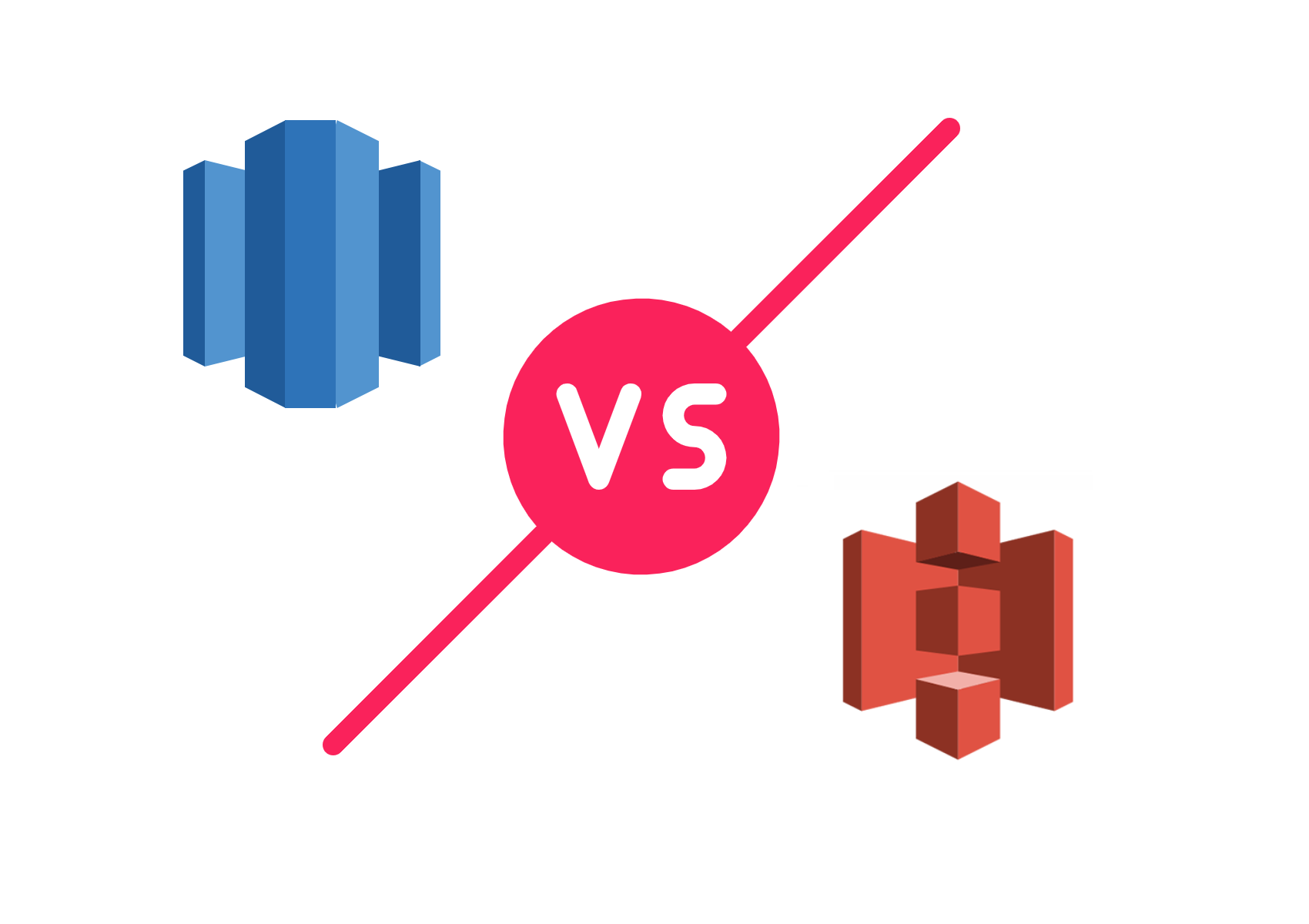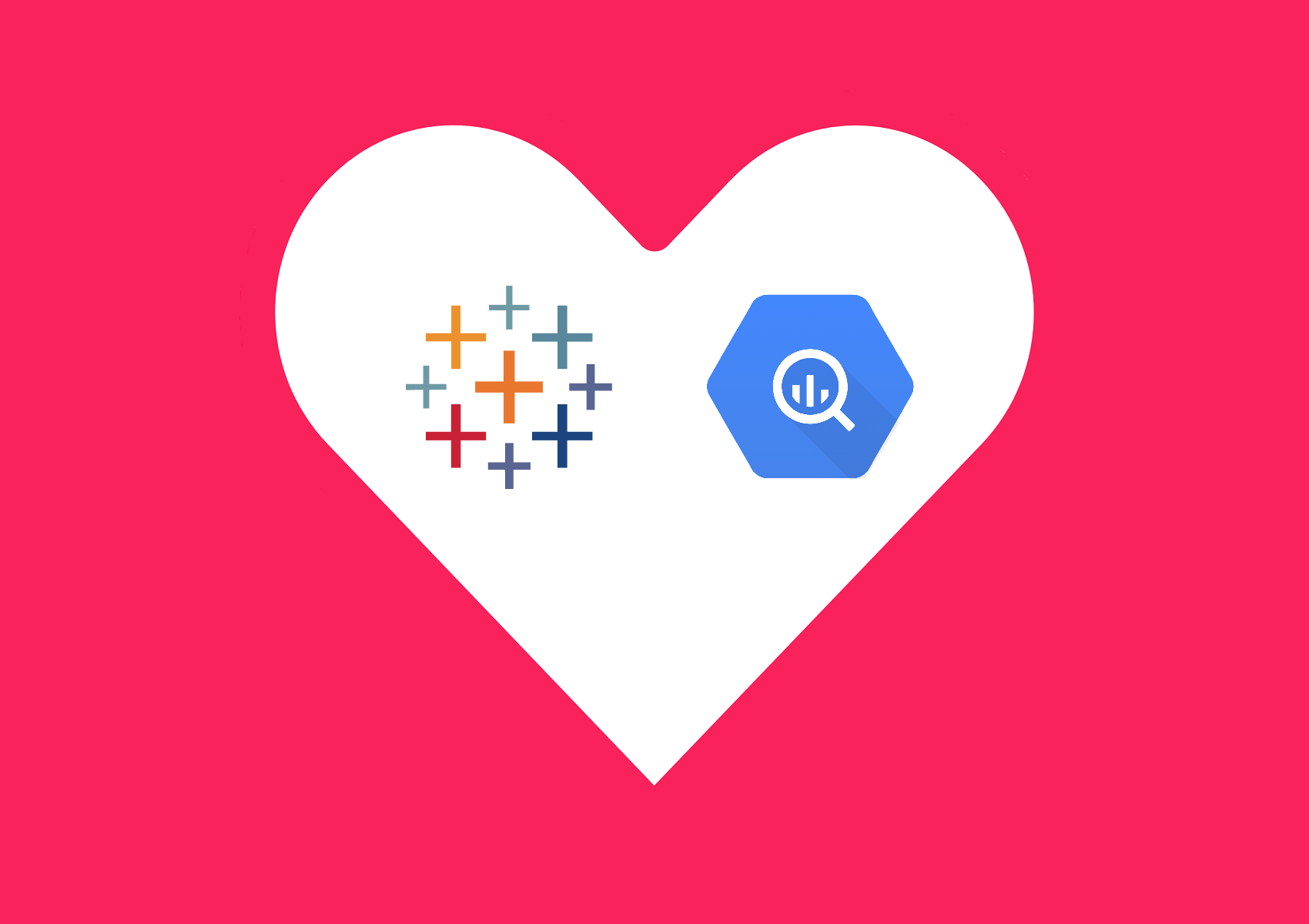Snowflake vs. Redshift vs. BigQuery: Comparisons and How to Choose
Unsure which data warehouse is best for your organization? We compare different aspects of Snowflake, Amazon Redshift, and Google BigQuery.

Data storage and warehousing are two areas that have been rapidly advancing over the past several years. This is largely due to the development and expansion of cloud-based data storage options that have allowed for enhanced scalability, lower upfront costs, and superior performance for businesses across all industries. There are no shortage of data warehousing solutions for organizations to choose from, so it can be difficult to decide which data warehousing platform to use.
This article explores the differences and similarities between three top cloud-based data warehouses; Snowflake, AWS Redshift, and Google BigQuery. Each service provides a range of similar benefits to its users. However, they each differ in several respects, and prospective users must understand these differences to select the best service to suit their needs. This article discusses these important differences.
Also, be sure to check out the products and data services provided by the data experts at Zuar. We can make your life easier, all while taking your data strategy to the next level.

Scalability
In terms of scalability, there are some significant differences in the capabilities of each cloud-based data warehousing service.
Snowflake
Snowflake provides users room for seamless, automatic vertical and horizontal scaling due to its multi-cluster shared data architecture that doesn’t require input from database operators, making it a top choice for companies with fewer resources.
Redshift
Amazon Redshift provides automatic vertical and horizontal scaling of concurrent files. It also allows for as many as 500 simultaneous connections and up to 50 concurrent queries to be run together in a cluster. It also allows different clusters to access the same data sets to perform different functions and serve various analytical purposes.
BigQuery
BigQuery operates similarly to Snowflake in terms of its scalability. It actively uses its computation and storage nodes, allowing users to decide how to scale their data’s memory and processing resources based on their specific needs. This provides significant horizontal and vertical scalability that can be executed in real-time for up to a petabyte of data.

Security
Security is another critical aspect that organizations should consider before deciding one a warehouse solution.
Snowflake
Snowflake’s security is based on your cloud provider’s preferred features. It allows for controlled access management alongside high-level data security, compliant with most data protection standards.
Redshift
Amazon Redshift shares security with AWS, and they are also responsible for assuring the protection of the cloud. However, users are also responsible for segments of their own security and need to establish unique sign-in credentials, SSL connections, load data encryption, and more.
BigQuery
BigQuery provides users with column-level security that allows for identity and access status checking, along with the creation of security policies regarding data since the service automatically encrypts and transfers it as part of its default settings. It operates as part of the Google cloud environment and is compliant with a vast range of online security standards.

Price
Pricing is the third of the top three factors businesses need to consider before selecting a data warehousing service. After all, a critical component of business success is having access to the best tools at the most affordable price.
Snowflake
Snowflake’s data warehousing service offers on-demand and pre-purchasing pricing plans. Because computing nodes and storage usage are different, users can pay for computing on a per-second basis, depending on their specific data and business requirements.
Redshift
Redshift offers various pricing options, including on-demand pricing, where specific charges can be set on a per-hour basis. Pricing options can also depend on the use of its manages storage system or the number of self-managed nodes that businesses can select, allowing them to pay for the volume of data stored monthly.
BigQuery
BigQuery offers both flat-rate and on-demand subscription models where users are charged only for the amount of data storage used and the amount of data returned from each query.

The Optimal Uses for Each Cloud-Based Data Warehouse Service
Scalability, security, and price are merely three of the most important factors to consider when choosing between these stellar data warehouse services. But there are also several factors you should understand about what kind of work is most optimal for each service.
Snowflake
Snowflake is best applied to a data system that is more steady and continuous in terms of its usage pattern, but it requires consistent downscaling and upscaling. This makes it practical for business intelligence companies that actively query large amounts of data at once to discover significant patterns. It’s also advantageous for companies that provide data as a service by granting data access to thousands of clients for user interface analysis and data APIs.
Redshift
On the other hand, Amazon Redshift is best applied in situations that require constant computing, such as live dashboards for continuous data streaming and querying that occurs through refreshing. It would also be effective for automated ad-bidding networks working on a real-time or close to real-time basis and time-sensitive NASDAQ daily reporting.
BigQuery
BigQuery generally operates best when applied to systems operating with spiky workloads, such as when a company is running several queries on scattered schedules with relatively high idle times. Some examples of the systems this service would be most effective for include machine learning, ad-hoc reporting of complex queries, sales intelligence solutions for marketing teams conducting data analysis, and daily recommendation models for various eCommerce applications.

Final Considerations
Effective cloud-based warehousing solutions are crucial for businesses to possess in this day and age of advanced technology where data has become a form of lifeblood fueling the success of organizations, second only to monetary profits. So consider reaching out to the data strategy experts at Zuar to ensure your organization selects the best data warehousing solution for your organization's needs (hint: it might not be one of the three discussed in this article!).
After selecting the data warehouse service your organization plans to use, you may want to implement an ETL-type solution to pull in data from disparate sources. Zuar's Runner solution provides a robust, automated pipeline without the learning curve and cost of many other solutions. You can learn more here.



